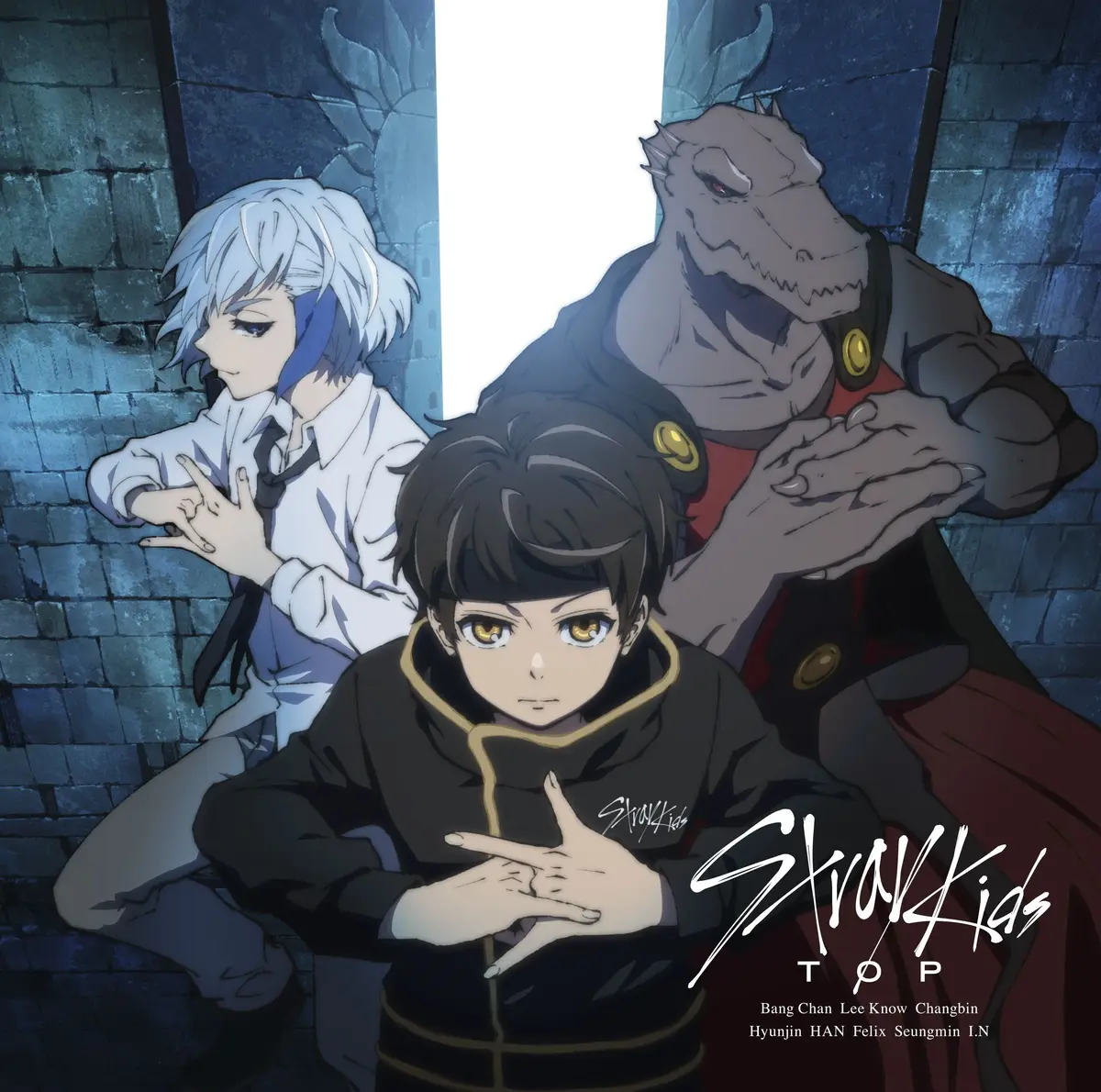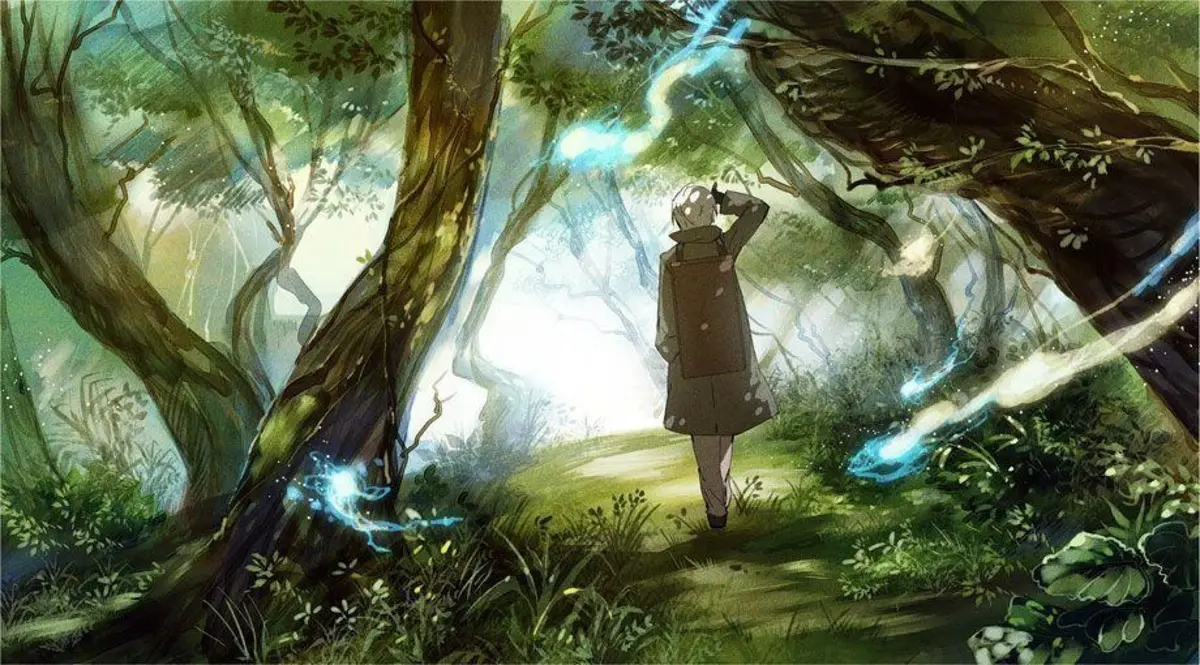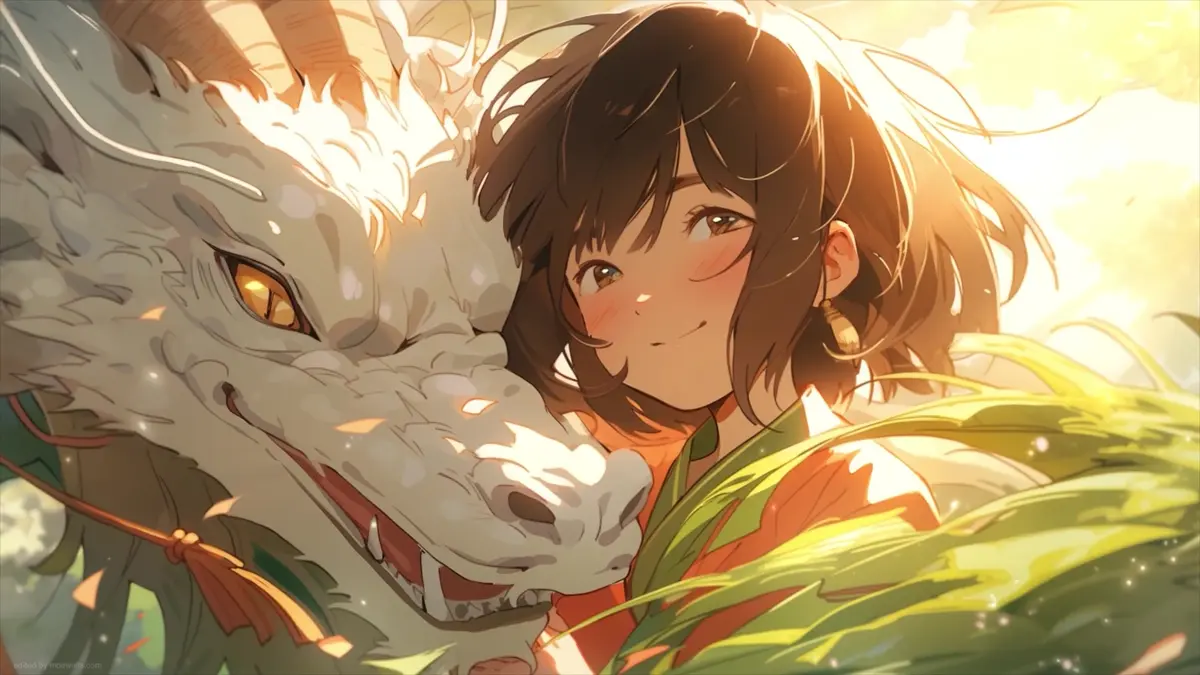The Timeless Power of Mythological Storytelling
Mythology, as a foundation for storytelling, transcends centuries and constantly reinvents itself. In anime, it becomes fertile ground to enrich plots, symbols, and universes. This article explores references to Japanese and Korean mythology across animated works, highlighting their narrative and aesthetic significance.
Cultural Roots and Divine Inspirations
From the opening scenes of many anime, character names, situations, and settings evoke specific mythological figures. Japanese mythology, deeply rooted in Shintoism and Buddhism, often coexists with elements from the Korean pantheon, less frequently represented but increasingly prominent.
Historically, Japanese mythology draws from foundational texts like the Kojiki or Nihon Shoki, while Korean mythology originates from oral traditions often connected to mountains, spirits (gwishin), or tutelary deities like Hwanung. These roots give birth to figures that anime adapt with varying degrees of faithfulness.

Modern Reinterpretations of Ancient Deities
Works like Noragami reinvent the god Yato, inspired by wandering minor deities, while Kamichu! offers a gentler take on a high school girl becoming a goddess, recalling Shinto tales of human-deity coexistence. In The God of High School, adapted from a Korean manhwa, we see Sun Wukong reimagined with distinctly Japanese visual codes.
While Japanese mythology dominates anime, Korean mythology appears frequently in webtoon-inspired works like Tower of God or stories drawing from oral legends like the gumiho (nine-tailed fox), featured in My Roommate is a Cat Spirit and Mononoke.
Visual Storytelling Through Mythological Lenses
The aesthetics of these anime draw from traditional paintings, ritual costumes (like Shinto priestesses’ attire or Korean shamans’ garments), and symbolic motifs such as torii gates, oni masks, or Asian dragon frescoes. Animation techniques often play with light-shadow contrasts to evoke spirit realms.

Narrative Structures and Cultural Bridges
Mythological references help shape coming-of-age stories. In Spirited Away, Chihiro navigates a world of kami, directly echoing Shinto beliefs. Jujutsu Kaisen‘s curses recall both Japanese yōkai and Korean vengeful spirits.
Audience reception often shows duality: cultural reconnection for Japanese or Korean viewers, versus exotic discovery for international fans through universal visual language.
Artistic Evolution and Contemporary Relevance
These influences connect to traditional art movements like nihonga (Japanese painting) or Korean minhwa prints, whose stylized features appear in modern animation, particularly at studios like Science SARU.
Since the 2000s, mythological narratives have resurged by addressing modern concerns: identity, faith, ecology, and memory. Anime’s globalization spreads these mythologies while showcasing often-overlooked cultural richness.

Mythology in Anime – The Eternal Influence of Japanese and Korean Legends
Table of Contents
The Timeless Power of Mythological Storytelling
Mythology, as a foundation for storytelling, transcends centuries and constantly reinvents itself. In anime, it becomes fertile ground to enrich plots, symbols, and universes. This article explores references to Japanese and Korean mythology across animated works, highlighting their narrative and aesthetic significance.
Cultural Roots and Divine Inspirations
From the opening scenes of many anime, character names, situations, and settings evoke specific mythological figures. Japanese mythology, deeply rooted in Shintoism and Buddhism, often coexists with elements from the Korean pantheon, less frequently represented but increasingly prominent.
Historically, Japanese mythology draws from foundational texts like the Kojiki or Nihon Shoki, while Korean mythology originates from oral traditions often connected to mountains, spirits (gwishin), or tutelary deities like Hwanung. These roots give birth to figures that anime adapt with varying degrees of faithfulness.
Modern Reinterpretations of Ancient Deities
Works like Noragami reinvent the god Yato, inspired by wandering minor deities, while Kamichu! offers a gentler take on a high school girl becoming a goddess, recalling Shinto tales of human-deity coexistence. In The God of High School, adapted from a Korean manhwa, we see Sun Wukong reimagined with distinctly Japanese visual codes.
While Japanese mythology dominates anime, Korean mythology appears frequently in webtoon-inspired works like Tower of God or stories drawing from oral legends like the gumiho (nine-tailed fox), featured in My Roommate is a Cat Spirit and Mononoke.
Visual Storytelling Through Mythological Lenses
The aesthetics of these anime draw from traditional paintings, ritual costumes (like Shinto priestesses’ attire or Korean shamans’ garments), and symbolic motifs such as torii gates, oni masks, or Asian dragon frescoes. Animation techniques often play with light-shadow contrasts to evoke spirit realms.
Narrative Structures and Cultural Bridges
Mythological references help shape coming-of-age stories. In Spirited Away, Chihiro navigates a world of kami, directly echoing Shinto beliefs. Jujutsu Kaisen‘s curses recall both Japanese yōkai and Korean vengeful spirits.
Audience reception often shows duality: cultural reconnection for Japanese or Korean viewers, versus exotic discovery for international fans through universal visual language.
Artistic Evolution and Contemporary Relevance
These influences connect to traditional art movements like nihonga (Japanese painting) or Korean minhwa prints, whose stylized features appear in modern animation, particularly at studios like Science SARU.
Since the 2000s, mythological narratives have resurged by addressing modern concerns: identity, faith, ecology, and memory. Anime’s globalization spreads these mythologies while showcasing often-overlooked cultural richness.